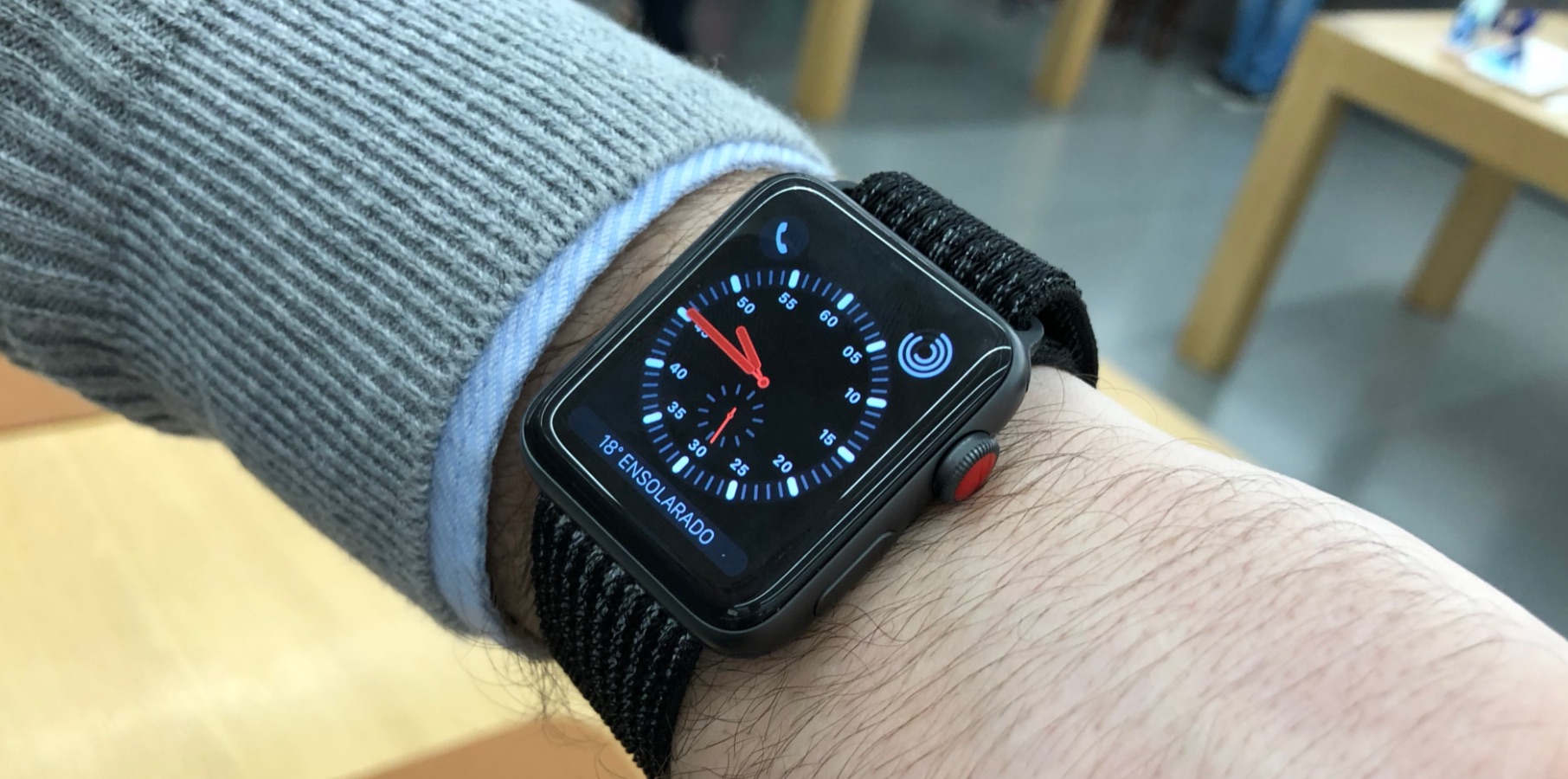We always hear about how the Apple Watch can be an ally to help prevent and discover diseases. While it’s a long journey for Apple to say its smartwatch can help with X or prevent Y, important universities conduct studies to see how the wearable could help physicians and patients better understand the disease they want to prevent or treat.
This time, a team of researchers from Duke University, Northwestern University, and others published a paper (via MyHealthyApple) showing how the Apple Watch could help predict pain in people with Sickle Cell disease.
According to the Centers for Disease Control and Prevention, Sickle cell disease (SCD) is a group of inherited red blood cell disorders. Red blood cells contain hemoglobin, a protein that carries oxygen. Healthy red blood cells are round, and they move through small blood vessels to carry oxygen to all parts of the body. In someone who has SCD, the hemoglobin is abnormal, which causes the red blood cells to become hard and sticky and look like a C-shaped farm tool called a “sickle.” The sickle cells die early, which causes a constant shortage of red blood cells. Also, when they travel through small blood vessels, they get stuck and clog the blood flow. This can cause pain and other serious complications (health problems) such as infection, acute chest syndrome and stroke.
With that in mind, the researchers wanted to understand if the Apple Watch could help predict pain in people with the disease, determine the feasibility of using the Apple Watch and build and evaluate a machine learning algorithm to predict the pain scores of vaso-occlusive crises (VOCs) with the wearable.
The researchers enrolled patients with sickle cell disease older than 18 years old between July 2021 and September 2021. With an Apple Watch Series 3, these patients, with a median age of 35.3 years, wore the smartwatch for 2 hours and 17 minutes. A total of 15,683 data points were collected across the population.
The Apple Watch Series 3 collected heart rate, heart rate variability, and calories. Pain scores and vital signs were collected from the electronic medical record. Last but not least, the researchers used various machine-learning models to evaluate pain.
The conclusion was that it’s possible to predict pain, and wearing an Apple Watch in this study “presents a low-cost method that could benefit clinicians and individuals with sickle cell disease in the treatment of VOCs.” You can read the full study here.











/cdn.vox-cdn.com/uploads/chorus_asset/file/24774108/STK156_Instagram_threads_3.jpg)









Discussion about this post